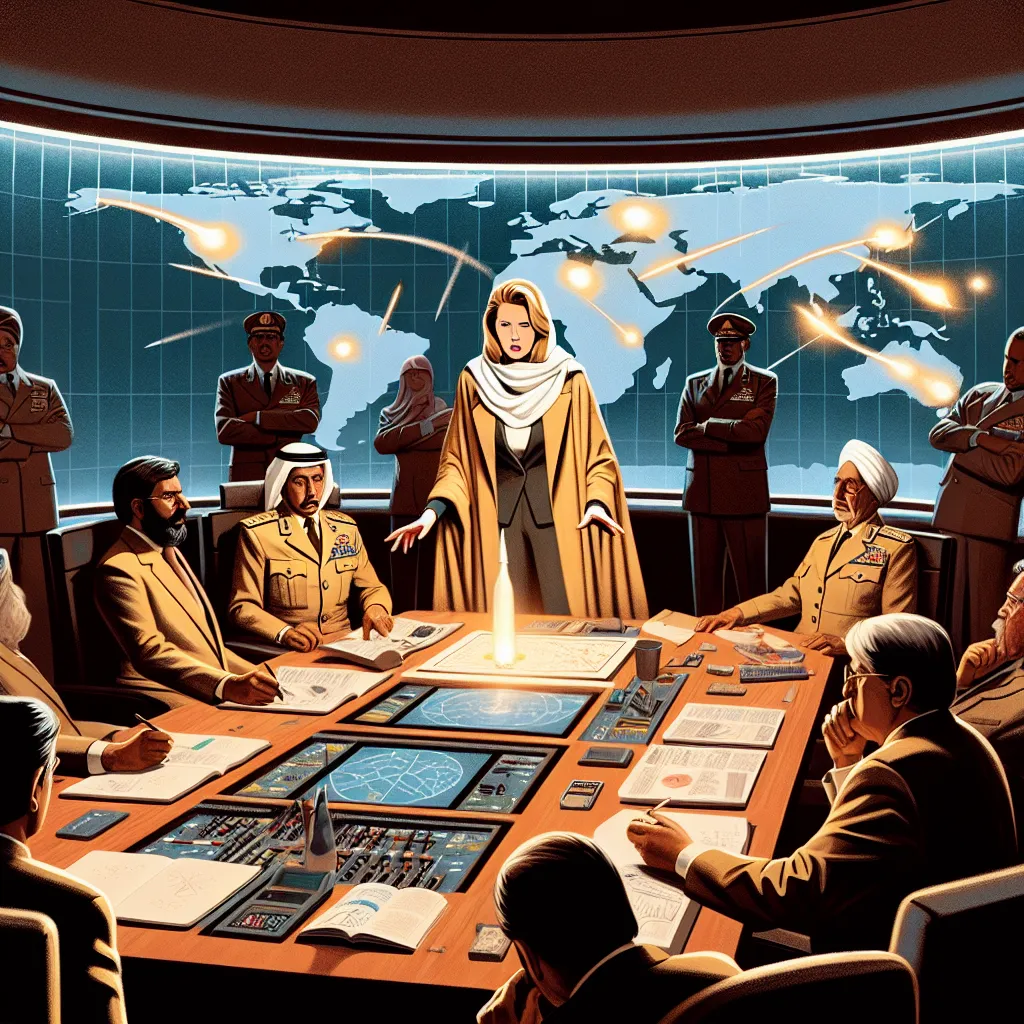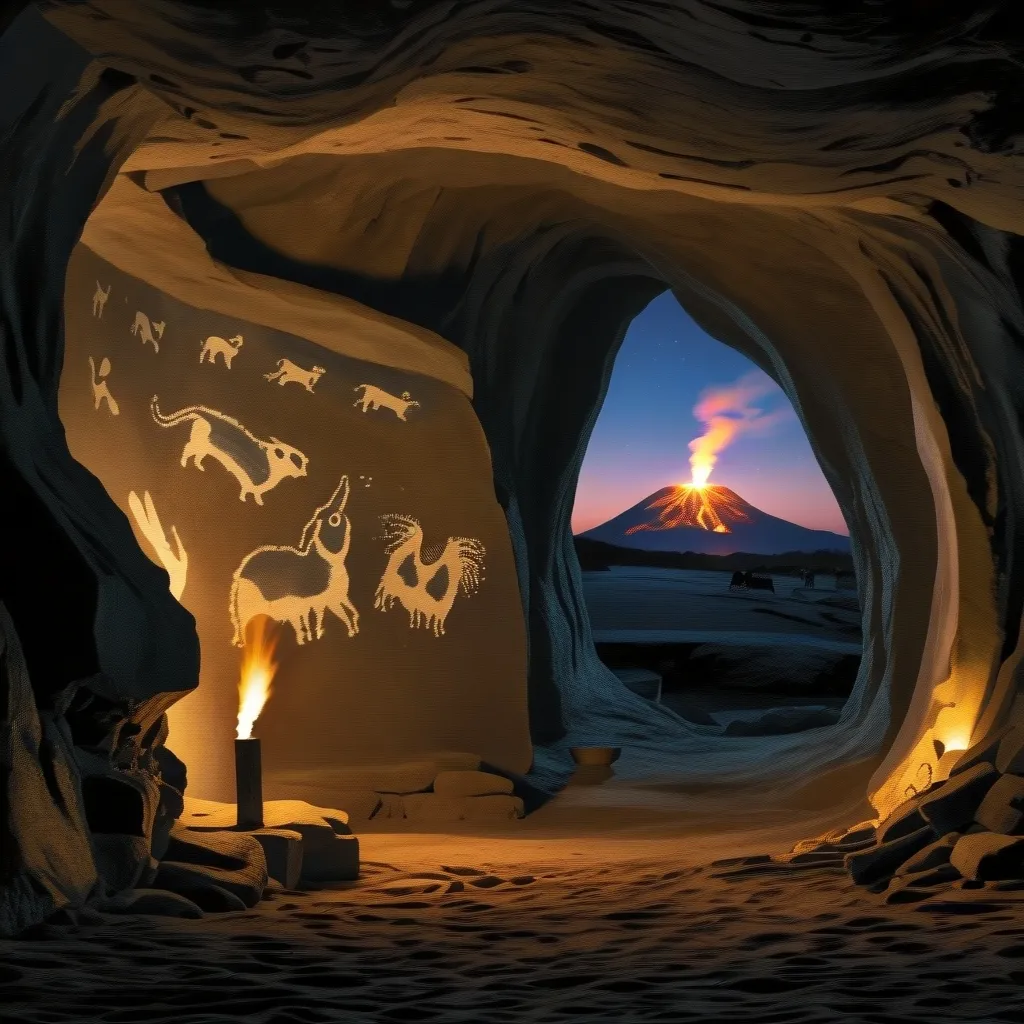Mr. President, we have an urgent situation. Incoming nuclear missiles will hit our country in just 14 minutes. It’s your first day in office, so I’m here to help, but you’re the only one who can authorize our nuclear retaliation. You’ve got only a few minutes to decide.
Tensions have risen sharply in the past few days. A joint allied aerial defense exercise just started minutes before we detected the launch. It might be a misunderstanding, but missiles are airborne now, and we can’t intercept all of them.
Intercontinental ballistic missiles (ICBMs) are rockets launched into space before re-entering the atmosphere over their targets, releasing multiple warheads. They travel too high and fast for us to catch. We need to get you to the bunker immediately.
Four minutes ago, our new infrared satellites detected over a hundred ICBM launches from enemy territory. Only 20 of their 80 underground silos seem to have fired, likely using transporter-erector launchers—big trucks with missiles. It’s unclear why they didn’t use all their silos; they might be in reserve or simply not working after decades.
Our strategic command believes they’re targeting our nuclear command centers, silos, and key military bases. Secondary targets might include industry and infrastructure near major populations, causing possibly millions of deaths from blasts and radiation. People have been advised to shelter in place and away from windows.
We have 1,500 warheads across silos, bombers, and submarines. The 400 in silos need immediate launch before they’re destroyed. 46 nuclear-capable bombers can be airborne in 2 minutes, but we need to transmit orders now. Our 14 nuclear submarines, 5 currently at sea, are our backup for retaliation if we lose our silos and bombers.
Updates confirm the enemy ICBMs have deployed their warheads. We estimate around 600 re-entry warheads, plus many decoy balloons. We’re tracking 4,000 potential targets. Our anti-ballistic missiles are launched, but our radar is partially down due to enemy tactics, making it hard to intercept them all.
This is your last chance to counterattack. Our silo launch sequence takes 5 minutes. You need to authorize the launch now, or the war is over before it begins. Enemy civilian casualties might mirror ours – millions now, tens of millions later, possibly triggering a nuclear winter, killing billions worldwide.
Nuclear wars aren’t like other wars; they last minutes. Small issues can spiral into full-scale conflicts quickly. Leaders rarely have a complete picture during crises. Past close calls show how easily misunderstandings can lead to disaster. For instance, in 1995, a Russian false alarm almost led to a nuclear launch.
Despite safeguards, errors happen. Decisions today on new weapons and systems lock us into another century of nuclear peril, worsened by rising powers like China. However, the existence of nuclear weapons isn’t inevitable. Even small steps, like dismantling one bomb at a time, can lead us to a world without them.
During the Cold War, there were over 70,000 nuclear weapons; now, through reduction treaties, there are about 12,500. Progress isn’t guaranteed but possible. Governments and militaries are part of the nation—part of us. You have the power to demand change, beginning with awareness.
For more information, check out our detailed resources. Stay informed and be part of the conversation about science and critical issues. Together, curiosity can lead to meaningful changes.






